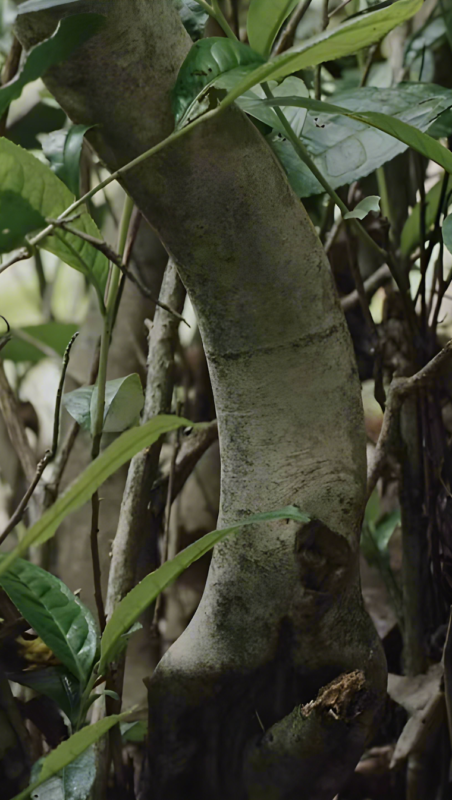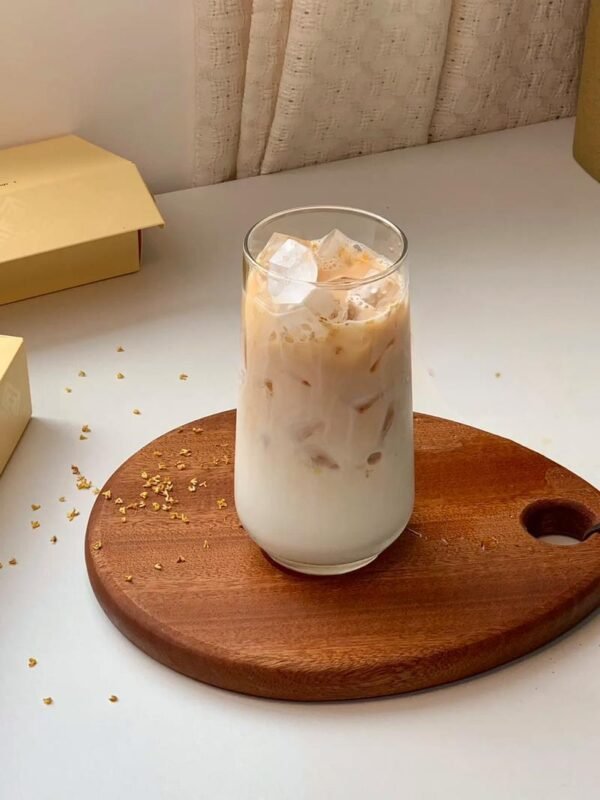How Much Caffeine in Black Tea? 200-Year Tea Garden Master Unveils Which Black Tea Holds the Edge
How Much Caffeine is in Black Tea?
Curious about how much caffeine is in black tea? A 200-year tea garden inheritor reveals which black tea offers more natural, balanced caffeine—never choose decaffeinated tea blindly, as it may harm your liver.
How Much Caffeine is in Black Tea?
This question has surged since Chinese black tea went global. As the master of a 200-year wild tea garden, I’ll combine decades of experience with lab data to decode black tea’s caffeine mysteries: Why are Chinese black teas milder than Indian or Sri Lankan ones? Why does century-old ancient tree wild tea’s caffeine make it a smarter choice? And how to pick low or decaffeinated tea safely?

1. Caffeine Content in Black Tea: Why Variations Matter
Based on SGS testing reports (global authoritative institute) from the past 5 years, here’s a comparative analysis:
Tea Type | Caffeine Content (mg/100ml) | Key Differences |
Indian Assam Black Tea | 40–60 | High altitude + intensive farming lead to higher caffeine. |
Sri Lankan Ceylon Black Tea | 35–55 | Tropical climate accelerates tea polyphenol conversion, slightly more stimulating. |
Chinese Dianhong (common garden) | 25–40 | Small/medium leaf varieties + traditional craftsmanship, milder. |
Chinese Century-Old Ancient Tree Wild Tea | 15–28 | Wild environment + tree age advantage create naturally lower, balanced caffeine. |
Note: Data from our garden’s 2023 SGS report on ancient tree tea, using first-pick spring fresh leaves processed by standard methods.
Why Does Chinese Ancient Tree Wild Tea Have Lower Caffeine?
1. Natural Growth Environment: Slow and Stress-Driven
- Wild, Unhurried Growth: Century-old trees root deep in mountains, relying on natural humus (no fertilizers/pesticides). Their growth cycle is 3–5 years longer than ordinary teas. To survive, trees prioritize nutrients for stress resistance (e.g., pest defense) over caffeine synthesis.
- Tree Age Dictates Maturity: Older trees have thicker leaves with harmonized compounds (tea polyphenols, amino acids, caffeine). Like aging humans with stable metabolism, ancient tea’s caffeine doesn’t spike—forming a “golden ratio” with polyphenols and theanine for alertness without jitters.
2. Chinese Black Tea’s Hidden Edge: Caffeine as a Balancer, Not a Side Effect
Compared to foreign black teas, Chinese varieties (especially century-old wild teas) excel not just in lower caffeine but in unique taste:
- Alert Without Jitters: Unlike high-caffeine Assam teas that may cause palpitations, ancient tree tea’s caffeine acts gently. Combined with higher theanine (which suppresses overstimulation), it provides steady energy—no insomnia if avoided after 8 PM.
- Pure, Additive-Free: Many teas use 碎茶 (broken leaves) or additives, causing irritation. Chinese ancient tree tea 坚持 (adheres to) handpicked one-bud-one-leaf standards, with caffeine as a natural component.
- Aging Enhances Tenderness: Stored for 3+ years, caffeine gradually degrades while theaflavins increase. A 2018 batch my client aged now tastes smoother—caffeine remains, but milder.
3. How to Choose Low-Caffeine Tea? Avoid These 3 Traps!
As “decaffeinated tea” demand rises, many fall into pitfalls. Our garden offers naturally decaffeinated tea, but heed these tips:
- Opt for Physical Extraction: The safest method is CO₂ supercritical fluid extraction (food-grade), separating caffeine while preserving 90%+ aroma. Our lab-tested “low-caffeine” ancient tea has <5mg/100ml—nearly as mild as white tea.
- Red Flags:
- ❌ Chemical Decaf: Avoid solvents like dichloromethane (liver risks).
- ❌ Aged Tea Scams: Old tea loses aroma; choose fresh tea + physical decaf.
- ❌ Imported Fakes: Many use broken leaves; trust Chinese GI products (e.g., Wuyi Mountain ancient tea).
- Key Factors for Customization:
- Select ancient tree tea (naturally low caffeine).
- Insist on physical decaf + low-temperature baking (protects sweetness).
Conclusion: Beyond Flavor—The Tao of Tea
In China, tea is not just a beverage but a path to harmony. Century-old ancient tree tea, rooted for centuries, absorbs earth’s essence. With limited annual harvests, each gram is a rare treasure—connecting drinkers to nature’s energy.




